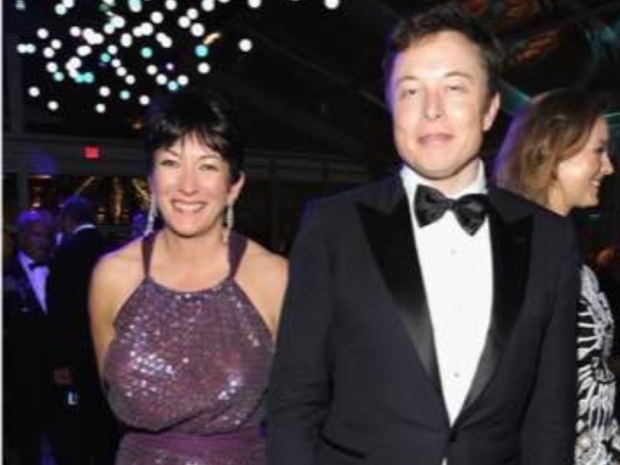The information comes from one of Elon Musk's biographers, Ashlee Vance and is surprising because Neuralink was investigated for having a high body count among its animal test subjects.
Even worse, the chip in the brain has been superseded by less invasive methods developed by Neuralink’s rivals.
Vance, who said he visited Neuralink's facilities 10 times in three years, said the company had yet to implant its device in a human but aimed to operate on 11 people next year and more than 22,000 by 2030.
Earlier this year, the US Food and Drug Administration gave Neuralink, which Musk cofounded in 2016, approval to launch human trials of its device that Musk has described as a "Fitbit in your skull."
The FDA had previously rejected Neuralink's bid for human testing in March over safety concerns, including that the wires connected to the brain chip could move within a subject's head or that the chip could overheat.
In September, the company began recruiting for its first human trial. Neuralink said in a blog post that it was looking for people who had paralysis in all four limbs because of a spinal-cord injury or amyotrophic lateral sclerosis.
The company says it hopes to eventually make a device that will create a sort of symbiosis between humans and machines and will allow people to send messages or play games using only their thoughts. But first, the company says it hopes to help people with neurological disorders.
Vance, who authored the 2015 biography "Elon Musk: Tesla, SpaceX, and the Quest for a Fantastic Future," said in his report that despite "an outpouring of interest from thousands of prospective patients," the company was still looking for its first volunteer or "someone willing to have a chunk of their skull removed by a surgeon so a large robot can insert a series of electrodes and superthin wires into their brain."
Musk's biographer said it would take a "couple of hours" for a surgeon to perform the craniectomy and then about 25 minutes for the robot to insert the device, along with its ultrathin array of about 64 threads. He said the device would replace the portion of the skull that had been removed. Vance added that the threads were about one-fourteenth the width of a single strand of human hair.
Vance said that Musk wanted the robot to move faster, as well as for the surgery to be performed without human help.

